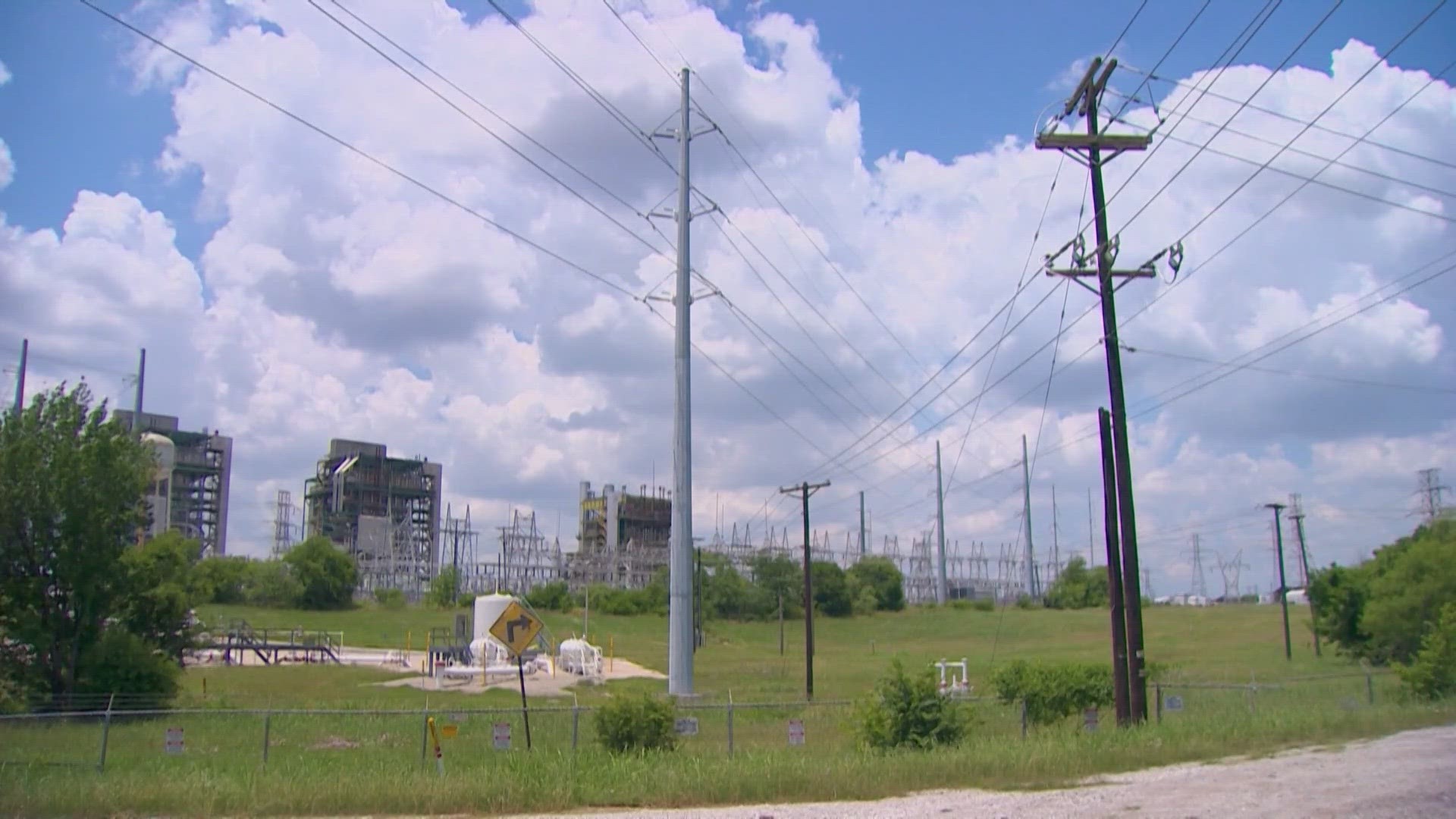GREENSBORO, N.C. — A new report from the North American Electric Reliability Corporation states that utility companies in the Carolinas and Virginia can could be at an elevated risk for blackouts this winter.
The report found utility companies can meet energy needs under normal scenarios, but any significant drop in temperatures could lead to energy emergencies.
If you remember nearly a year ago, right before Christmas, the triad experienced long rolling power blackouts. It came as winter storm Elliott hit states east of the Mississippi.
Duke Energy Spokesperson, Jeff Brooks, said last year was the first time in Duke Energy's history that it conducted rolling outages in some parts of the state.
"We had purchased power that wasn't delivered as it should have been, and so that impacted us as well because all utilities across the East Coast were dealing with a very similar type of circumstance and working to keep their own systems up," said Brooks.
It's something Duke Energy said it's trying to avoid this year if extreme cold weather comes our way.
Brook said a lot of the things the report recommends are things they are already in the process of implementing.
"We've worked hard over the last 12 months to make sure that we have a good strategy in place for managing the power grid and extreme conditions.," said Brooks. "We took a lot of lessons learned from winter storm Elliot last year, and we immediately went to work to improve our processes and our operations so that we can give customers a better experience when severe weather strikes. "
He said there are countless improvements the group has made.
First, the forecast models were adjusted, to help them predict cold weather sooner.
"We saw in winter storm Elliot that the usage exceeded the forecasts and so we have a forecast model that learns from every event and that helps us to get better with each storm," he said. "We put a lot of data into that over the last year, we've improved some of the algorithms to make sure that we're getting the most accurate model that we can for how we're going to prepare for meeting those energy needs."
Next, he said they have improved cold weather protections at the power plants.
"There were some instrumentation issues that were the result of cold weather that we've worked to address by adding additional insulation and heating so that equipment will measure and perform as expected," Brooks said.
Duke Energy also adjusted its maintenance season.
"We've made sure that our maintenance season for our power plants ends now around the first week in December and that means that we'll have all of that generation available so that we can meet energy needs as they reach those peak levels, which we typically do see during the winter months in our service area," he said.
Not only that, they've made sure they have good plans in place to ensure they have adequate reserve margins, which means they can import power as needed.
The communication process was also improved, so they can send early messages to users on expected high usage days, in hopes of limiting that power usage.
Also, the self-healing technology was improved, which redirects power when there are outages.
"That tool didn't perform the way we had expected it to last year," he said. "They should have been very short outages and only used in those extreme conditions, but instead, some customers experienced multi-hour outages. We've worked to address that, change that software, and while we hope to never have to use that tool again, it is available for us in the event that we should need to use that."
Brooks says the last few years were taken as a chance to learn the weak points in the power grid and Duke Energy continues to improve in those areas as quickly as possible.
He believes the company is prepared this year to avoid blackouts.
"We do believe that if we have similar conditions, we have a lot of tools at our disposal and we're very hopeful that that experience will be even better for customers," he said.
Brooks said when there was the cold snap in November, which was earlier than expected, the systems handled it well.
He says the recent outages across the triad in the last month were a part of the recent improvements, so Duke Energy is ready for winter weather.
Brooks said it is important to note, that this cannot be done overnight and that it takes time to make these improvements.
He said the extreme growth in the state adds to the challenge.
"We're a state that is growing faster than any, in my experience with the company, and that's due to a lot of economic development successes we've seen in the states, all the big companies that have moved to the area, customer growth, EV electrification across the state, so a lot of great things for our state, but that growth is driving a need for more capacity, more power generation and making sure that we can meet customer energy needs every day of the year and every hour of the year," he said. "That requires a very diverse 'all the above' energy mix. It's a mix that includes things like a new nuclear, natural gas, and 1000s of megawatts of solar, wind, and battery storage that we have in our models for the years ahead."

